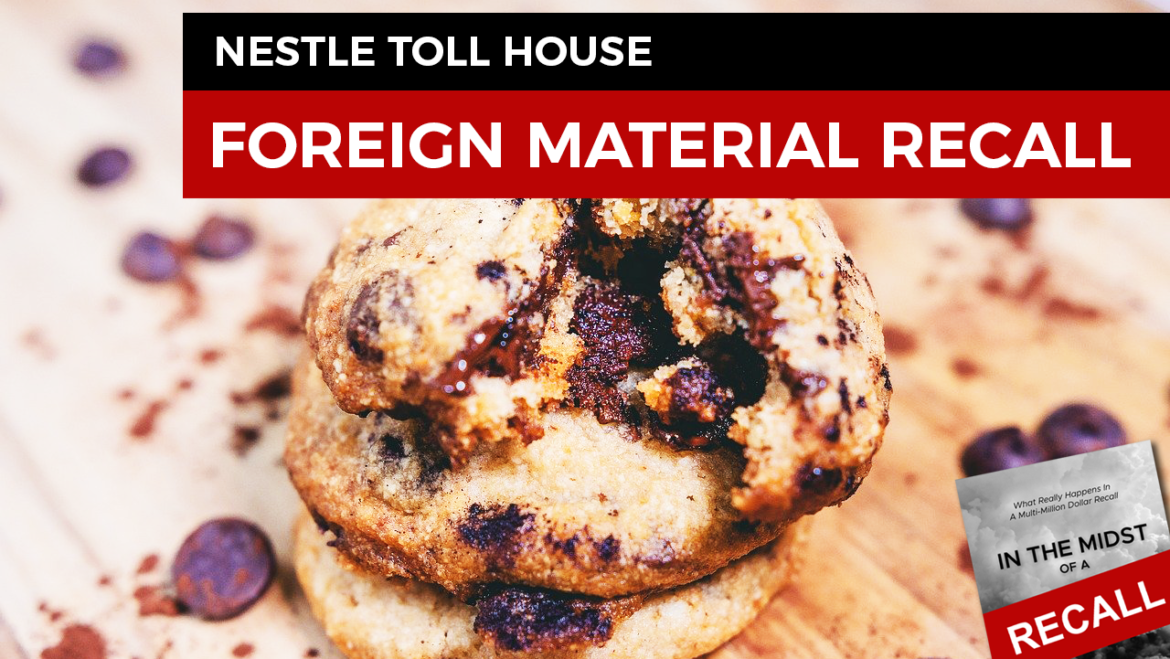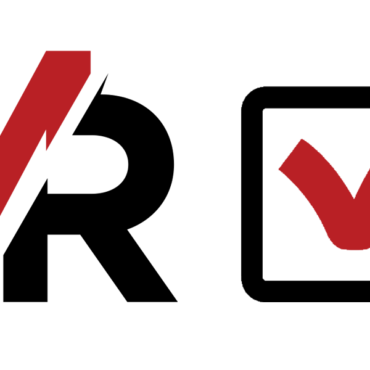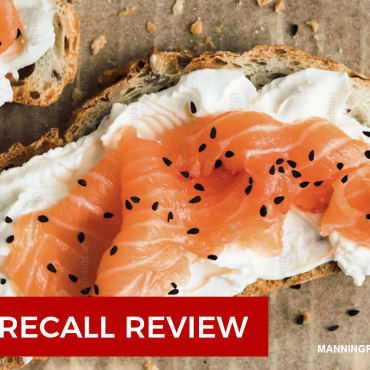Nestlé USA Announces Voluntary Recall of Limited Quantity of NESTLÉ® TOLL HOUSE® Chocolate Chip Cookie Dough Bar (16.5 Oz) Due to Potential Presence of Foreign Material
When a company announces a recall, market withdrawal, or safety alert, the FDA posts the company’s announcement as a public service. FDA does not endorse either the product or the company.
August 10, 2023
Company Announcement
ARLINGTON, VA., August 10, 2023 — Nestlé USA is initiating a voluntary recall of a limited quantity of NESTLÉ® TOLL HOUSE® Chocolate Chip Cookie Dough “break and bake” Bar (16.5 oz) products due to the potential presence of wood fragments.
This voluntary recall is isolated to two batches of NESTLÉ® TOLL HOUSE® Chocolate Chip Cookie Dough “break and bake” Bar products that were produced on April 24 and 25, 2023. This product was distributed at retailers in the U.S. This recall does not involve any other NESTLÉ® TOLL HOUSE® products, including other varieties of refrigerated cookie dough in “break and bake” bars, rolls, or tubs, or Edible cookie dough.
While no illnesses or injuries have been reported, we are taking this action out of an abundance of caution after a small number of consumers contacted Nestlé USA about this issue.
We are working with the U.S. Food & Drug Administration (FDA) on this voluntary recall and will cooperate with them fully. We are confident that this is an isolated issue and we have taken action to address.
The quality, safety and integrity of our products remain our number one priority. We sincerely apologize for any inconvenience this action represents to both our consumers and retail customers.
Review and Recommendations
The exact details as to how wood would have gotten into the product have not been disclosed, there are some specific areas an organization can look at within their operation.
If the materials are identified within the product, a company should look at the receiving, raw material inspection and storage practices, and movement of materials into the processing areas.
If the materials are identified in the package, but not embedded in the food, the company should look at post-processing, with an emphasis on primary packaging. This would also include primary packaging receiving and storage practices.
Prevention Areas to Review
- Provide detailed training on foreign materials, how they can enter your manufacturing process, and what to do if identified.
- Explain how current Good Manufacturing Practices (GMPs) can safeguard against foreign materials, but also explain how they can become foreign materials, as in the case of gloves being found in products.
- Use only company-approved and verified suppliers that agree to your company’s policies.
- Review your company’s raw materials and packaging receiving and storage practices and policies. Specifically, look for how materials can fall onto the tops of boxes and/or pallets and how they can get into the products.
- Review your incoming pallets and if slip-sheets are required (these can possibly prevent foreign materials from the pallet, which would enter the material from a puncture).
- Monitor the process of how ingredients are brought into the processing area and where there is a possibility of foreign materials entering into the manufacturing process.
- Inspect equipment, specifically areas that have plastic shields that come in close proximity to a food contact area.
- Monitor and inspect the utensils and various containers used in the manufacturing process.
- Review the primary and secondary packaging storage areas, looking for how materials could fall onto the inside of package material boxes.
- Ensure all forklift employees are trained in what to do if materials become damaged with the forklift.
- Review the communication and escalation process with all employees.
Together we can drive out recalls worldwide!




Add Comment